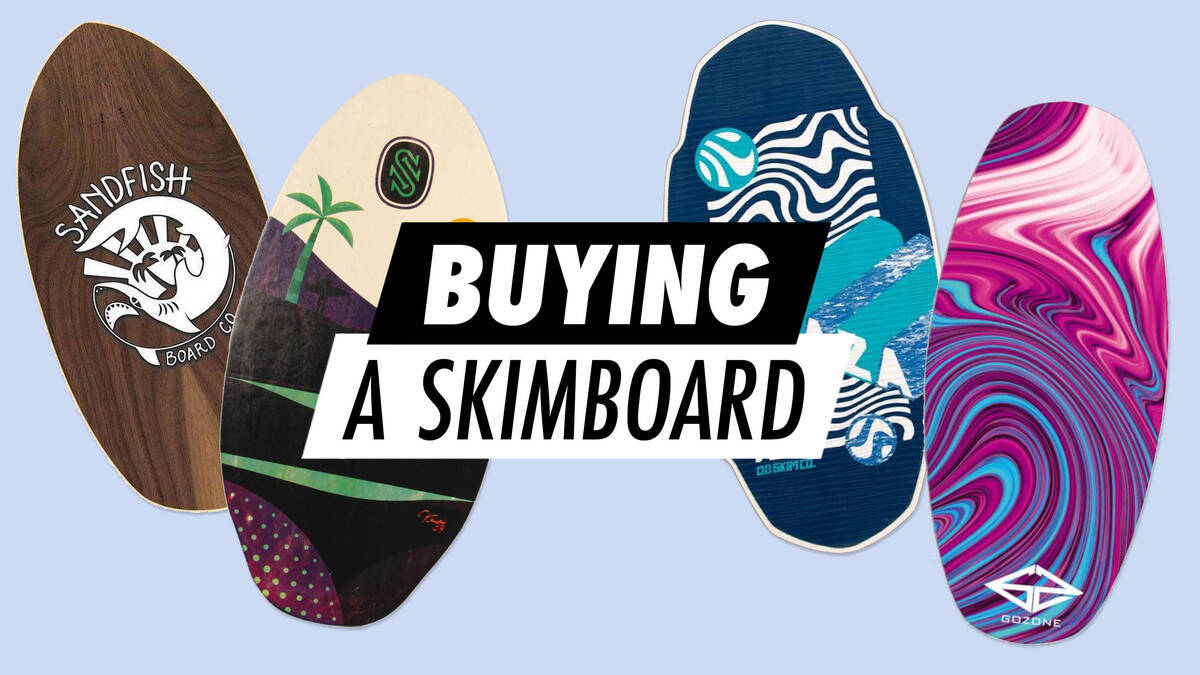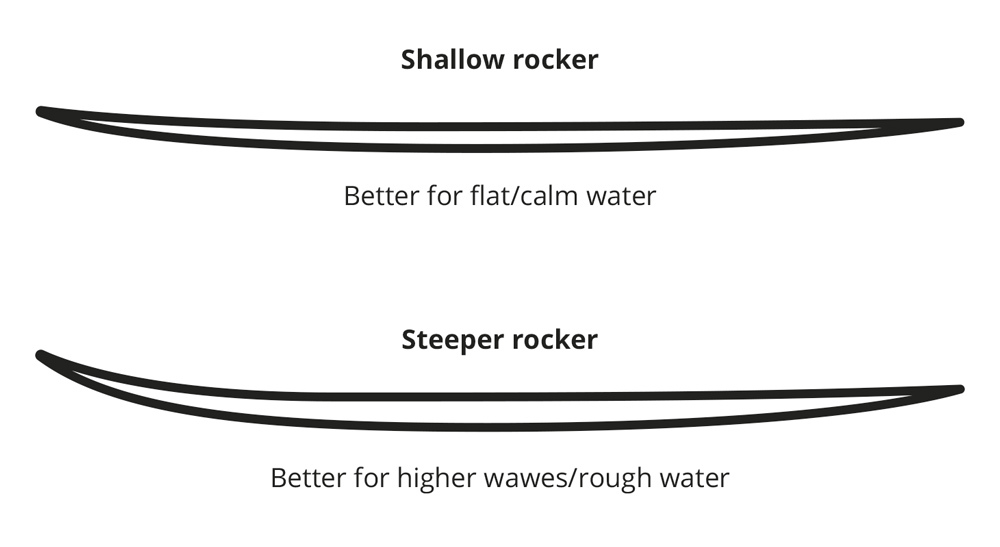Purchasing a Skimboard

Skimboarding, which involves gliding along shores using flat boards, is becoming increasingly popular. Do not be deceived by its straightforward appearance; there are numerous factors to consider before selecting a skimboard.
1. Board Types - Foam vs. Wood
Skimboards mainly come in two types according to the material - foam and wood, and foam boards. Foam boards feature a sandwich construction, with a foam core between layers of fibreglass and epoxy. These 'sandwich boards' are premium options, more delicate, offering excellent buoyancy, and ideal for larger waves. There are also entirely foam boards, which are more playful, buoyant, and great for recreational use and children. However, these are more aligned with bodyboards; if you're seeking a fun board for your child, browse our bodyboard section.
Other options exist, such as carbon boards, but they are more advanced and considerably more expensive.
Skimboarding can be categorised into two types: flatland/inland (in shallow, sandy areas like creeks, lakes, and lower tides along beaches) and wave skimming (at shore breaks in deeper waters with incoming waves). Depending on these categories and your skill level, you can decide whether a foam core or wooden board suits you.
- Foam core boards are often chosen by wave skimmers because they are lighter, thicker, and more flexible, easing their ability to float on waves. Their flexibility and buoyancy are perfect for wavy conditions. Typically used by intermediate and advanced riders, or those focused on performing tricks with waves.
- Wooden boards are better suited for flatland (or inland) skimming. Since they are heavier (with low buoyancy), wooden skimboards sink more quickly, making them ideal for shallow waters. These boards are more appropriate for novices (owing to lower expenses and robustness) or skimmers wishing to do tricks on ramps or rails, where the wood offers greater resistance.
2. Size
Your skimboard size is influenced by multiple factors such as your weight, height, speed (how swiftly you can run to catch a wave or slide), experience, and style.
Speed is a key factor. Greater speed enhances buoyancy, simplifying the skimming process. Yet, buoyancy also depends on your weight on the board. The larger the board, the higher the buoyancy you achieve.
Seasoned skimmers typically choose smaller boards since they offer better manoeuvrability and ease in performing tricks.
Less experienced skimmers, conversely, require a larger board that can accommodate their weight, making it easier to glide on the surface and maintain balance (owing to a larger foot area), and it tends to be quicker.
3. Curvature (Rocker) and Tail of the Board
Flatland skimboards are often twin tip, or symmetrical, where the nose and tail are identical. This shape enables you to exit a trick in both directions. Common twin tip shapes include Streamline and Proto. The Streamline shape provides more manoeuvrability, whereas the Proto shape enhances stability.
Flatland skimboards resemble skateboarding as they are frequently used for tricks and constructed with durable wood, allowing for use on rails and obstacles. These boards are ideal for those wanting to translate skateboarding skills to the water.

Boards with distinct tip and tail designs are common in wave skimming. These boards are directional and bear similarities to surfing.
The rocker refers to the curvature of the board's nose (tip). A steeper rocker (or more curved nose) enhances ease in skimming wavy waters but may reduce speed. Conversely, a flatter nose with a shallow rocker suits calmer waters where gaining speed is easier.

The board's tail has various designs, with the most typical being the pintail, squash tail, rounded, and W-tail (swallow tail). Pintails offer a balanced water glide, while square (and W-tail variations) increase board agility, beneficial for executing tricks.

Prepared?
You are now equipped to select the skimboard that best fits your requirements:
- Determine the type and material
- Select the appropriate size
